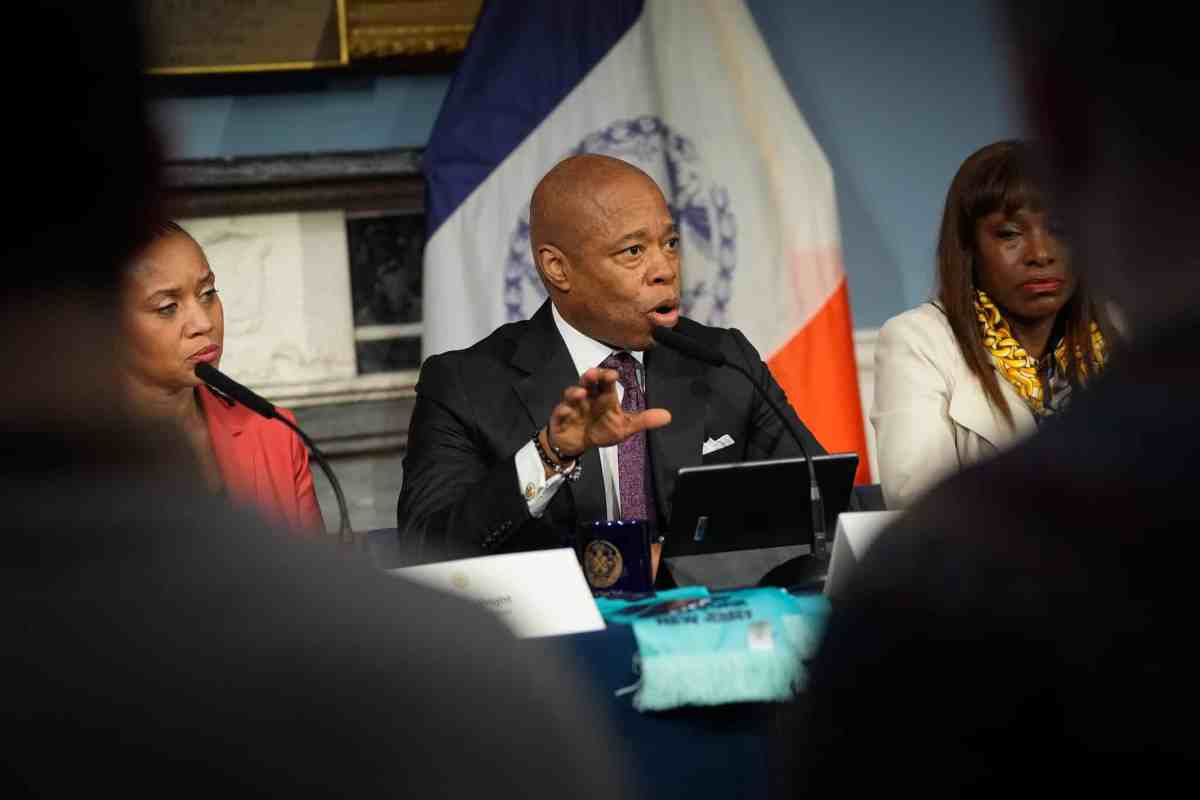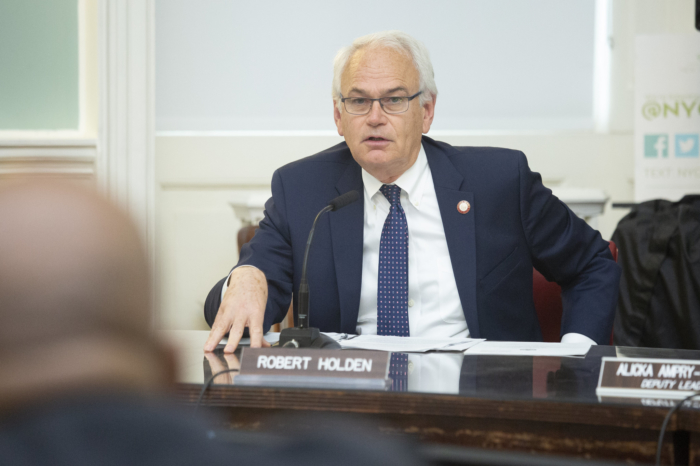By Prem Calvin Prashad
Hindus, Jains and Sikhs across Queens observed Diwali on the weekend of Nov. 2, an occasion for solemn reflection and giving thanks. The meaning of Diwali varies in these denominations, but for most the start of the festival coincides with the 13th day of the second half of the month of Ashwin on the Hindu lunar calendar, which follows 15-day cycles coinciding with the light and dark (waxing and waning) phases of the moon.
Ashwin is after monsoon season in South Asia. Diwali is a five-day festival, though some celebrate solely on the 13th night and others for substantially longer than five days. The name “Diwali,” or “Deepavali,” derives from the words “deepa” (light) and “avali” (row).
The vastness of the Indian subcontinent leads to regional interpretations of the festival. The most common act is the lighting of oil lamps and their placement in temples, altars and homes. Most Hindu households place these clay oil lamps, or “deeyas,” inside and outside homes on the night of Diwali. These lights, which burn through the night, welcome Lakshmi, the goddess of wealth, into the home.
According to Khrishan K. Naraine, administrator at the Maharishi Dayanand Gurukul in Jamaica, preparations involve a comprehensive cleaning of houses, similar to spring cleaning. This represents a spiritual renewal. Sweets and feasting celebrate a bountiful harvest or general prosperity. Diwali celebrations may include firecrackers, elaborate religious ceremonies and the sharing of Prasad between neighbors, which are fruit and cooked grains.
Naraine said that during his childhood in the West Indies, mothers cooked vegetarian food and sweets and distributed those to their non-Hindu neighbors. Most Hindus will go to temples for the chanting of prayers (mantras), singing of hymns (bajans) and listening to sermons that emphasize the importance of knowledge over ignorance.
The variety of Hindu sects means Diwali has different secular and religious significances to South Asians. For example, for people of the Jain faith, as well as in the Indian regions of Gujurat and Merwar, Diwali signifies the start of the business year. Conversely, many Indian American entrepreneurs who own businesses in the New York area hail from those areas.
In spite of the harvest and various legends, spiritualism is critical to Diwali. The triumph of light over darkness is the unifying theme in Diwali legends and rituals, hence the ubiquity and symbolism of lighting lamps. Jainism, which takes the notion of austerity seriously, eschews all feasting and conspicuous consumption in favor of intense meditation and concentration on their rosaries. For Jains, Diwali represents the attainment of nirvana by Mahavir, the most recent Jain holy man, around 527 B.C.
The Arya Samaj Hindu reform movement, popular among members of the Indian diaspora in Guyana and Trinidad, as well as here in New York, remembers Diwali as the day the movement’s founder, Swami Dayanand died from poisoning in 1883. The Arya Samaj movement rejected notions of caste, child marriage, idol worship and animal sacrifice, noting that they had no basis in Hindu scripture.
The movement also pushed for gender equality, individual study of scripture translated directly from Sanskrit and the belief in a single, omnipotent god. Naraine, an Arya Samaj adherent, notes that the day is important for children and adults of the Indian diaspora to learn about how the festival is celebrated in India, as well as aspire to higher learning.
Sikh communities observe Diwali in conjunction with the festival of Bandi Chhor Divas (Day of Liberation), which marks the arrival of the sixth guru, Gobind Singh, in the city of Amritsar, after his release from the prisons of the Mughal Emperor Jahangir in 1619. The day has since been associated with the desire of Sikhs for freedom and self-rule.
Depending on the region of India, Diwali may signify the return of Rama, the seventh avatar of Vishnu, from exile on the night of Diwali after slaying a number of demons in his absence. Diwali also commemorates Krishna, the eight avatar of Vishnu, slaying an evil king in the Assam region and the subsequent liberation of the king’s prisoners. The legend of Rama tends to be prominent in northern India and Southeast Asia, while the legend of Krishna is more prominent in the south. On this night, some regions may worship Kali, the goddess of death and renewal, over Lakshmi.
































